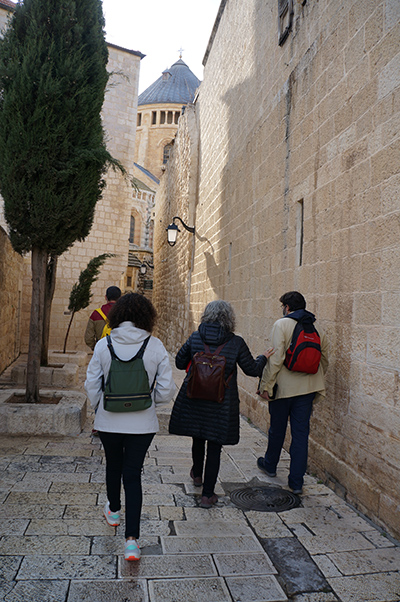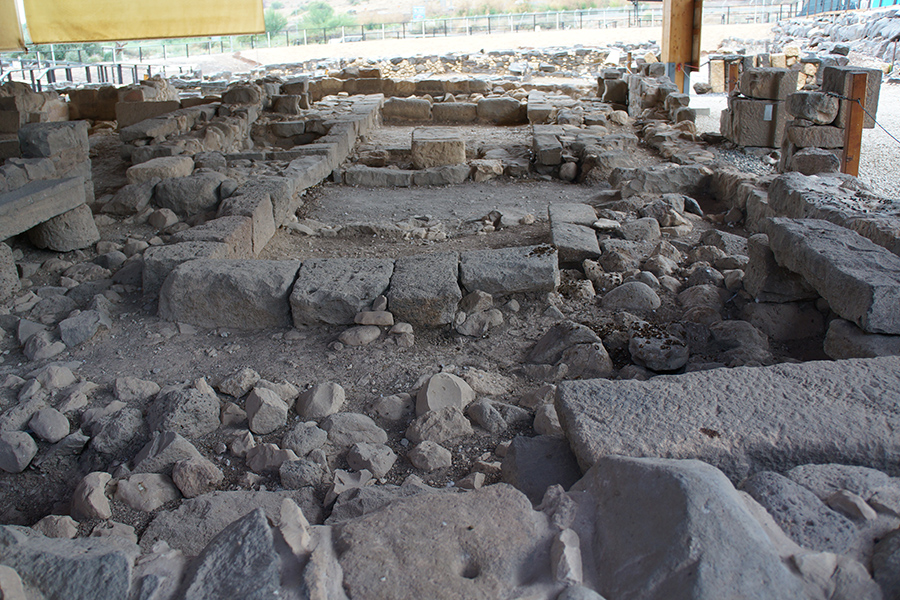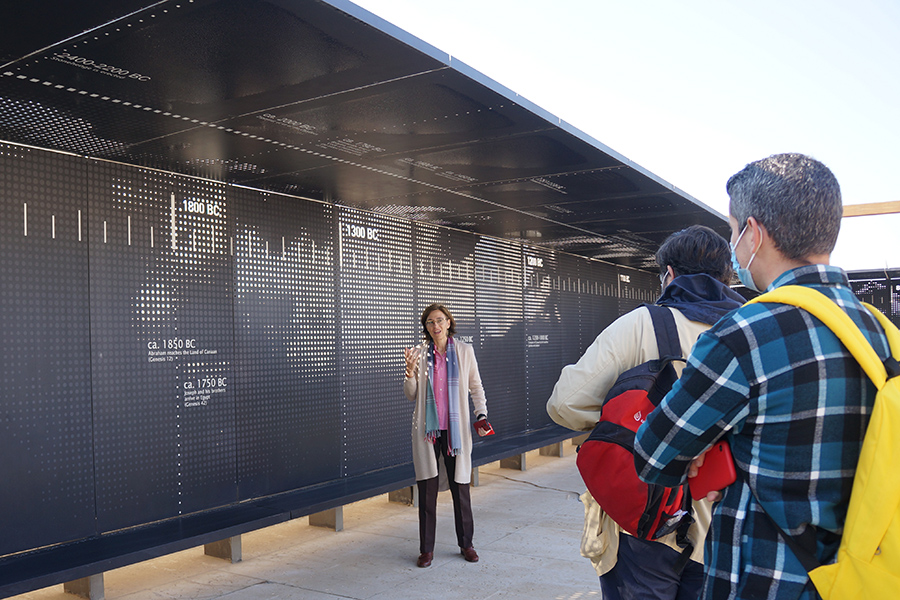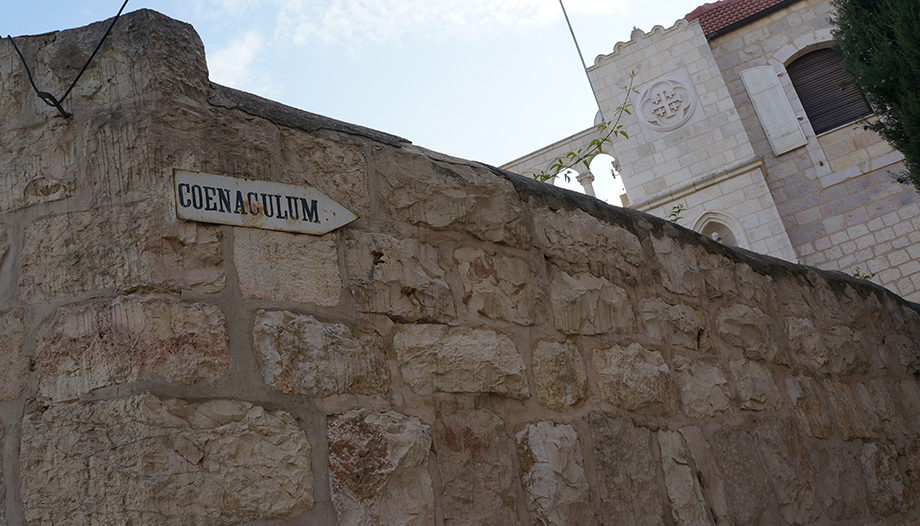









On January 6, the Israeli government announced the reopening of the country's borders. This allows vaccinated residents of Israel to travel anywhere in the world again without the need for a special permit.
This fact finally opens a door of hope for religious families, pilgrim and visitor centers and Christian families who live directly from tourism and religious pilgrimages to the Holy Land.
The impact of the pandemic


The Holy Land has been one of the areas hardest hit by border closures and difficulties in international travel.
Tourism, especially Christian pilgrimages, has for years been one of the main drivers of the economy in the Holy Land. Especially for the Palestinian Christian community residing in the Holy Land which is dedicated, in large part, to the sale of religious handicrafts.
According to data from Israel's Ministry of Tourism, the outbreak of the pandemic at the beginning of 2020 caused the number of tourists to plummet to 832,500, compared to four and a half million in 2019. A figure that dropped, even further in 2021, with 401,500 foreign visits to the Holy Land.
Now, with open borders and massive vaccination, a gradual recovery in the number of cases is expected. pilgrimages and trips to the land of Jesus.
Return to the Holy Land!
Last November, a group of religious journalists were able to learn first-hand about the difficult situation that the pandemic has left on the religious communities residing in the Holy Land, the Christian faithful and, in general, the Israeli tourism sector.
Return to the Holy Land, pilgrims! The Latin Patriarch of Jerusalem, Bishop Pierbattista Pizzaballa O.F.M., with whom we were able to speak for a few minutes, encouraged the Christians to return to the Holy Land. "which is your land" pointed out.
Visiting the sacred places, residing in the houses of the Franciscan Custody and other institutions present in the Holy Land and, above all, to help financially the Christian communities in which the economic crisis, together with their already difficult social situation, are shaping up as the hope for recovery in the coming months.
The rediscovery of one's own land
With this hope for the return of normality, there is also a curious phenomenon that has occurred during the months of border closure: the "internal" tourism that has led many Jewish residents in the Holy Land to visit Christian places and to stay, on many occasions, in pilgrims' houses located in different parts of the country. A movement that has even aroused the curiosity of the local media.
Irish priest Eamon Kelly, deputy director of Magdala CenterThe Legionaries of Christ's guest house in Migdal, formerly Magdala, confirms this reality.
During the construction of this center, the foundations and part of the walls of a 1st century synagogue were discovered, as well as part of the maritime roadway, the Via Marisin a very good state of preservation.
In addition to all this, the discovery of the first menorah carved in stone that is on record. All this has made Magdala a special place for many Jews in the area who have chosen it for their children's Bar Mitzvah celebrations.
It is also common to see Jewish families eating in the center's restaurant or visiting the remains of the synagogue and baths that can be seen in Magdala.


Enriching faith
A similar experience has been experienced in Saxum Visitor CenterThe project, promoted by the Prelature of the Opus Dei and whose name recalls the nickname by which its founder, St. Josemaría Escrivá, called his first successor at the head of the Work, Blessed Álvaro del Portillo, who visited the Holy Land in March 1994 just before his death.
During the November visit, Almudena RomeroThe director of the visitor center said that during the months of the pandemic, more than a hundred Jews from neighboring towns had come to see "what that house was like.
"They are often surprised that we show the Jewish past of Jesus and that we have the entire history of the people of Israel captured in the timeline of the courtyard" he stresses. Isabel RodriguezSaxum's communications manager.
On one occasion, at the end of the visit to the center, a Jewish guide of French origin stayed "for more than an hour asking me all kinds of questions," recalls Elizabeth. "I explained to him that, for me, living in Jerusalem and visiting the holy places has meant understanding in depth that Jesus is Jewish and that the Christian faith - when one understands the Old Testament, the Jewish feasts and traditions - acquires a new dimension, it is much richer in its meaning."


Hope for the Holy Land
"Saxum is a place where it is easy to build bridges and share commonalities across cultures and religious traditions," adds Isabel. A statement to which Father Kelly adds "many Jews in the area thank us for taking care of the synagogue and the archaeological remains".
The reticence towards Christians on the part of many Jews vanishes with these visits. Something that may have been impossible before and that the pandemic has helped to change.
Little by little, with the normalization of the socio-sanitary situation, rediscovering the Holy Land is once again a possible dream.












